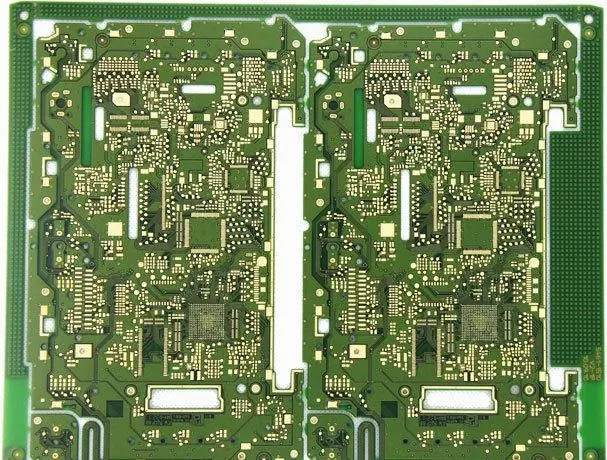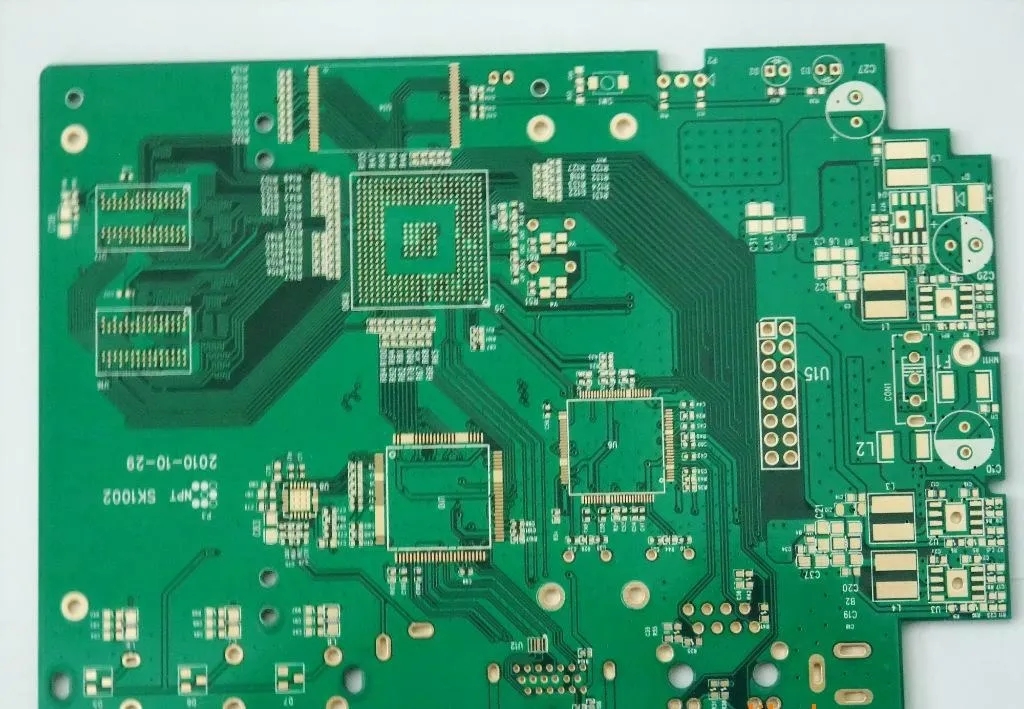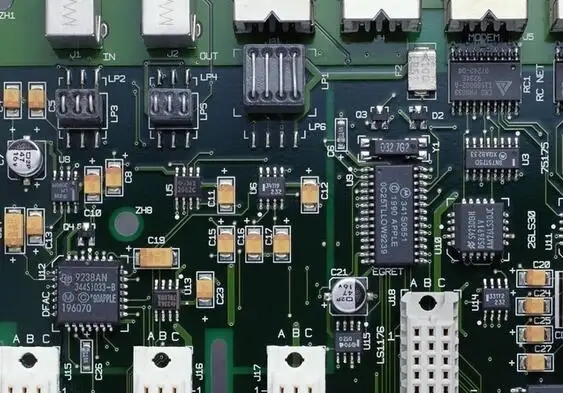
Simple process edge tooling for removing PCBA board
1 Development background
PCBA (printed circuit board assembly) refers to the printed circuit board that has completed the assembly of components, and is widely used in aviation, numerical control, computer, automation instruments and other fields. Due to the requirements of manufacturing, logistics and other factors, a process edge needs to be reserved at the edge of the PCBA board to achieve the purpose of turnover. This process edge is not required for products. Therefore, the process edge of PCBA board needs to be removed after the components are assembled.

The methods to remove the process edge of PCBA board can be roughly divided into three categories: V-cut board splitter, milling board splitter and manual process edge removal. For example, from the perspective of quality alone, the milling and cutting board splitter (also known as milling cutter type board splitter, curved board splitter) has the best effect, overcoming the limitation of V-cut board splitter that can only be divided in a straight line. It mainly uses the high-speed operation of milling cutter to separate multiple PCBAs according to the pre programmed path, replacing manual breaking or V-cut cutting defects, improving product quality and reducing scrap rate. The disadvantages are expensive and cumbersome operation (programming required); V-cut board splitters are much cheaper. They can cut along the PCBA V-shaped groove with a blade, but they can only cut in a straight line, and the cost of blade consumables is expensive. V-cut board splitters can be divided into two types according to the cutting mode: knife walking type and plate walking type (see Figure 1 and Figure 2). Manual removal of the process edge can be broken by hand or divided by using tools such as needle nose pliers, which has the advantages of low cost and easy to use, but it is easy to generate stress and cause damage to components.
For the manufacturing requirements of small batch, multiple varieties and low cost, manual edge removal is the most practical, but the contradiction between batch, cost and reliability is highlighted. In order to solve these problems, we developed a simple tool for manually removing the process edge of PCBA board, which gives good consideration to these problems and solves the above contradictions to a certain extent.
2 Tooling design
This tooling can remove the process edge through a simple mechanical structure, so the cost is low. Through a series of adjustable structures, it can meet the needs of process edges with different sizes and thicknesses. Through mechanical fixation, it can reduce the stress on the PCBA plate in the process of removing the process edge, and achieve the purpose of improving the operation quality. In this way, the tooling can meet the requirements of multiple varieties, low cost and high quality when removing process edges, so it is a practical, convenient and cheap auxiliary device.
The tooling adopts the following technical scheme: an adjustable auxiliary device for manually removing the process edge of PCBA board, including the mounting base plate, slider base, movable slider, adjustment button and transmission structure. The movable slider is driven by the manual adjustment button through the transmission structure to move along the set track on the slider base. After reaching a suitable distance, the process edge to be removed from the PCBA plate is put into the slot of the device. Finally, both hands hold the lower part of the PCBA plate and gently exert force in one direction to realize the function of manually removing the process edge. It should be noted that both hands should not hold the upper part of the PCBA to exert force. Although this is the least effort from the perspective of the lever principle, However, the generated stress is also the largest, which is easy to damage PCBA.
As a preferred embodiment, the mounting base plate of the tooling can be a workbench or other forms of workbench, not limited to the form of the base plate; The sliding block base and movable sliding block can be fitted with a straight bayonet dovetail groove or other movable fits and structural forms, which are not limited to various types of movable fits and structural forms; The adjustment button can be manual rotary adjustment or other forms of adjustment button, not limited to the form of adjustment button; Its transmission structure can be bevel gear transmission or other forms of transmission structure, not limited to the transmission structure.
Compared with the prior art, the tooling has the following advantages:
(1) Low production cost;
(2) Simple operation;
(3) The removal process edge has good quality, and the components on the PCBA board are less stressed;
(4) It has a wide range of applications and can adapt to PCBA boards with different thicknesses and edge distances;
(5) The structure is flexible and convenient, and the PCBA board can be manually adjusted to adapt to the process edges of various thicknesses and sizes.
3 Conclusion
The auxiliary device for manually removing the process edge of PCBA board by the utility model not only takes into account the stress control demand of PCBA when removing the process edge, but also takes into account the production cost control. In this way, the tooling can replace the special equipment with high cost, so it is a practical, convenient, flexible and can reduce the overall cost of auxiliary devices, which can be widely used in PCBA process side removal, becoming a reliable solution. This tooling design has applied for a utility model patent.







